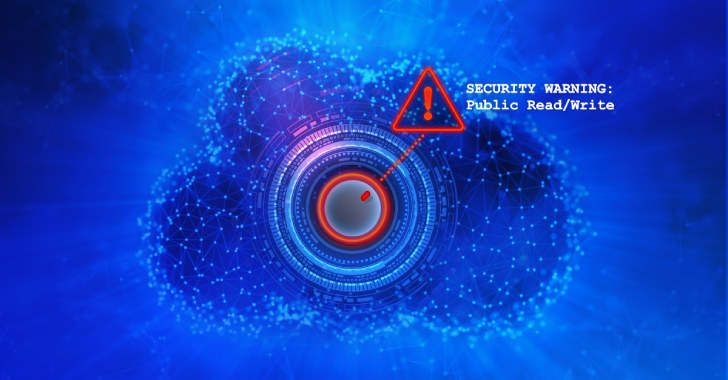
A High-Level Risk Assessment Cyber Security Checklist
In an era where digital connections intertwine with every facet of our lives, the importance of cyber security cannot be overstated. Assessing the risks associated with cyber security is an essential practice for individuals and organizations alike, ensuring the confidentiality, integrity, and availability of sensitive information. Here is a High-Level Risk Assessment checklist that encapsulates the pivotal facets of cyber security.
- Identify Critical Assets and Information:
Understanding what needs protection is the first step in any risk assessment. Identify all digital assets such as databases, networks, hardware, applications, and confidential information. Recognize the importance of each asset to determine the level of security required. - Assess Vulnerabilities:
Conduct regular vulnerability assessments on systems and applications to identify potential weaknesses that could be exploited by cyber adversaries. Employ automated scanning tools and conduct penetration testing to unearth vulnerabilities before they can be exploited. - Determine Threat Landscape:
Identifying potential threats is crucial. Analyze the different types of cyber threats such as malware, phishing, ransomware, DDoS attacks, and insider threats. Regularly update your threat landscape to incorporate emerging threats and vulnerabilities. - Evaluate Risk Levels:
After identifying assets, vulnerabilities, and threats, evaluate the risk levels. Consider the potential impact of a security breach on each asset and the likelihood of such an event occurring. Classify risks as high, medium, or low to prioritize mitigation efforts. - Implement Security Controls:
To mitigate identified risks, implement appropriate security controls. These may include firewalls, anti-virus software, encryption, multi-factor authentication, and regular software updates. Ensure that security controls are proportional to the risk levels and compliant with relevant regulations and standards. - Develop Incident Response Plan:
An incident response plan outlines the steps to be taken in the event of a security breach. Develop a comprehensive plan that includes detection, containment, eradication, recovery, and post-incident activities. Conduct regular drills to ensure that the team is well-prepared for real-life scenarios. - Employee Training and Awareness:
Employees are often the first line of defense against cyber threats. Conduct regular training sessions to educate employees on cyber security best practices, recognizing phishing attempts, and reporting suspicious activities. Promote a security-conscious culture within the organization. - Vendor Risk Management:
Organizations often work with third-party vendors who have access to sensitive information. Evaluate the security posture of vendors and ensure they adhere to the same security standards as your organization. Regularly review and update vendor contracts to incorporate necessary security requirements. - Data Backups and Recovery:
Ensure regular data backups are conducted and stored in a secure location. Develop and test data recovery procedures to minimize downtime in the event of data loss due to ransomware or other cyber incidents. - Compliance with Regulations and Standards:
Stay compliant with applicable regulations such as GDPR, HIPAA, and PCI-DSS, depending on the nature of your business. Regularly review compliance requirements and update security policies and procedures accordingly. - Cyber Insurance:
Consider obtaining cyber insurance to protect against financial losses resulting from cyber incidents. Evaluate different insurance policies and choose one that aligns with the organization’s risk profile and coverage needs. - Mobile Device Management:
With the proliferation of mobile devices, securing them is paramount. Implement mobile device management (MDM) solutions to enforce security policies, monitor device status, and remotely wipe data from lost or stolen devices. - Application Security:
Secure applications by implementing secure coding practices, conducting code reviews, and regularly updating and patching software. Employ application security testing tools to identify and remediate vulnerabilities in the development and operational stages. - Network Security:
Secure the organizational network by implementing robust security measures such as intrusion detection and prevention systems (IDPS), virtual private networks (VPNs), and secure Wi-Fi. Monitor network traffic for abnormal patterns and signs of compromise. - User Access Management:
Control who has access to what within your organization. Implement the principle of least privilege (PoLP) and regularly review user access rights. Employ strong authentication methods and promptly revoke access for terminated employees. - Physical Security:
Don’t overlook the importance of securing physical access to critical infrastructure. Implement measures such as surveillance cameras, biometric access controls, and secure server rooms to protect against physical threats. - Continuous Monitoring and Reporting:
Implement continuous monitoring solutions to detect and respond to security incidents in real-time. Regularly review security logs and reports to identify patterns and trends that could indicate a security threat. - Regular Security Audits:
Conduct regular security audits to evaluate the effectiveness of security controls and identify areas for improvement. Address audit findings promptly and adjust security measures as necessary. - Risk Reassessment:
Cybersecurity is not a one-time effort. Regularly reassess risks and adjust security strategies as the threat landscape, technology, and business requirements evolve. - Cloud Security:
As organizations increasingly rely on cloud services, securing data in the cloud is essential. Ensure that cloud providers adhere to stringent security standards and implement additional security controls to protect data stored in the cloud.
Conclusion:
This high-level cyber security checklist is a foundational guide to assessing and mitigating risks in a digital environment. While it provides a comprehensive framework, organizations must tailor their approach to their unique needs and continuously adapt to the ever-evolving cyber landscape. Regular risk assessments, combined with a proactive and adaptive security posture, are essential to safeguarding digital assets against the multifaceted threats of the cyber world.
Contact Cyber Defense Advisors to learn more about our High-Level Risk Assessment solutions.





